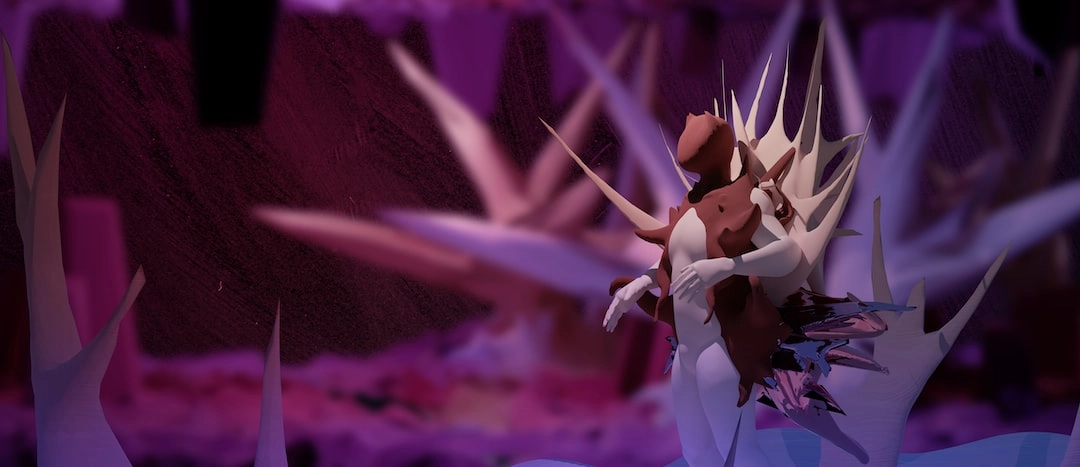Permaculture Design: Nurturing Harmony with Nature through Integrated Living
What it is:
Permaculture design is a holistic approach to land use and sustainable living that aims to create harmonious and self-sufficient systems that mimic nature’s patterns. It combines principles from ecology, agriculture, architecture, and social systems to design productive and regenerative systems that benefit both humans and the environment. Permaculture encourages individuals and communities to think beyond traditional agriculture and embrace a way of life that respects and works in harmony with nature.
Real-world problems:
Permaculture design addresses several real-world problems that our society faces today, including:
1. Soil Degradation:
Conventional farming practices often deplete soil health through the excessive use of synthetic fertilizers and pesticides, leading to erosion, loss of organic matter, and decreased fertility. Permaculture offers regenerative techniques, such as composting, mulching, and crop rotation, which help restore and improve soil quality over time.
2. Water Scarcity:
Rapid population growth and climate change have contributed to water scarcity in many regions. Permaculture design emphasizes water conservation and sustainable water management techniques, such as rainwater harvesting, swales, and the use of drought-tolerant plants. These techniques help to optimize water usage and reduce dependence on limited water resources.
3. Loss of Biodiversity:
Human activities, such as deforestation and habitat destruction, have led to a rapid loss of biodiversity. Permaculture design promotes the creation of diverse ecosystems that support various plant and animal species. By designing landscapes that mimic natural habitats, permaculturists contribute to preserving biodiversity and fostering ecological balance.
4. Food Insecurity:
Inequitable distribution of resources and unsustainable agricultural practices contribute to food insecurity in many communities. Permaculture design emphasizes localized and resilient food production systems that prioritize diverse and nutrient-dense crops. By promoting self-sufficiency and community-based food production, permaculture addresses the issue of food insecurity and promotes food sovereignty.
By recognizing these real-world problems and implementing permaculture design principles, we can move towards a more sustainable and regenerative future, where humans and the environment can coexist in harmony.

Solutions for Permaculture Design: Nurturing Harmony with Nature through Integrated Living
Regenerating Soil Health:
Permaculture provides solutions for soil degradation by promoting regenerative agricultural practices such as composting, mulching, and crop rotation. These techniques enhance soil fertility, water retention, and nutrient cycling, leading to healthier and more productive soils.
Sustainable Water Management:
Permaculture emphasizes sustainable water management techniques to address water scarcity. By implementing rainwater harvesting systems, creating swales, and integrating drought-tolerant plants, permaculture designs help optimize water usage and reduce reliance on scarce water resources.
Promoting Biodiversity:
Permaculture design plays a vital role in preserving biodiversity by creating diverse and resilient ecosystems. By incorporating native plants, providing habitat for wildlife, and implementing ecological design principles, permaculture fosters biodiversity and supports the natural balance of ecosystems.
Local Food Production:
Permaculture addresses food insecurity by promoting localized and resilient food production systems. By growing diverse and nutrient-dense crops, implementing permaculture principles like polyculture and companion planting, and encouraging community-based agriculture, permaculture contributes to food sovereignty and reduces dependence on global food systems.
By implementing these solutions and embracing permaculture design principles, we can create sustainable and regenerative systems that harmonize with nature. These practices offer long-term solutions to the real-world problems we face, leading us towards a more resilient and ecologically balanced future.













